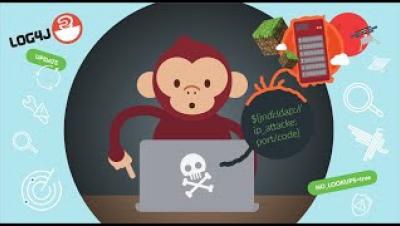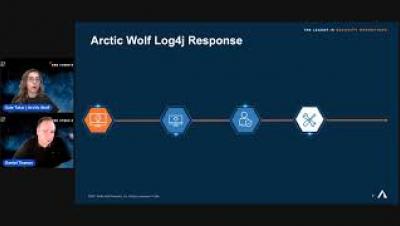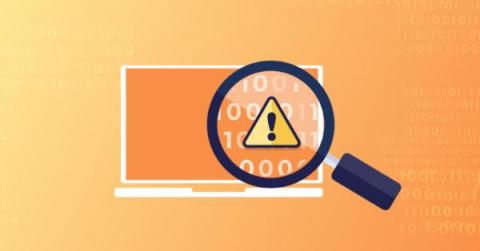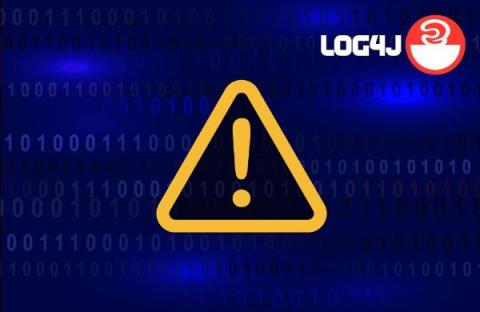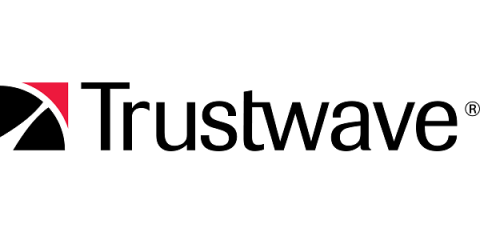Security | Threat Detection | Cyberattacks | DevSecOps | Compliance
Security
SecurityScorecard Overview
Understanding the Log4j Log4Shell Vulnerability
Security in context: When is a CVE not a CVE?
At Snyk we have some general points of principle that we use to help guide our security thinking and decision making. Firstly, it is always important to understand from whom we are protecting, as it has implications for how we need to act. As an example of this, if our artefact is a web server, then we need to protect it against untrusted users. Whilst if our artefact is encryption software, then we clearly need to protect it even from users with physical access to the system.
Log4j Vulnerability CVE-2021-45046 Explained
As security and development teams rushed to assess the now-notorious Log4Shell vulnerability published December 10 (CVE-2021-44228), another, more minor vulnerability was discovered in Log4j — CVE-2021-45046. To understand the newly-discovered vulnerability, it is important to get the full picture and background on the original Log4j issue.
Log4Shell: What You Need to Know About the Log4j Vulnerability (APJ)
Automate Your Cloud Operations With Humio and Fylamynt
A new API integration for Humio and Fylamynt helps joint customers improve the efficiency of their cloud operations teams by automating repetitive and manual operations tasks. Fylamynt, a low-code platform that delivers a developer’s approach to ITOps with site reliability engineering (SRE), works with Humio to empower faster response times to critical operational issues, reduce human error and increase productivity so DevOps teams can focus on adding value through innovation.
Cloud File Sharing for Managed Service Providers (MSPs) Overview
Trustwave's Action Response: Multiple Log4j Zero-Day Vulnerabilities
Dec. 29: Updated to cover three additional CVEs: CVE-2021-4104, CVE-2021-44832, and CVE-2021-42550 (in logback as opposed to log4j). Dec. 22: A joint Cybersecurity Advisory was issued by multiple national cybersecurity agencies providing mitigation guidance on addressing vulnerabilities in Apache’s Log4j software library: CVE-2021-44228 (known as “Log4Shell”), CVE-2021-45046, and CVE-2021-45105. Dec. 17: Please note the emergency directive from CISA on Log4j.


